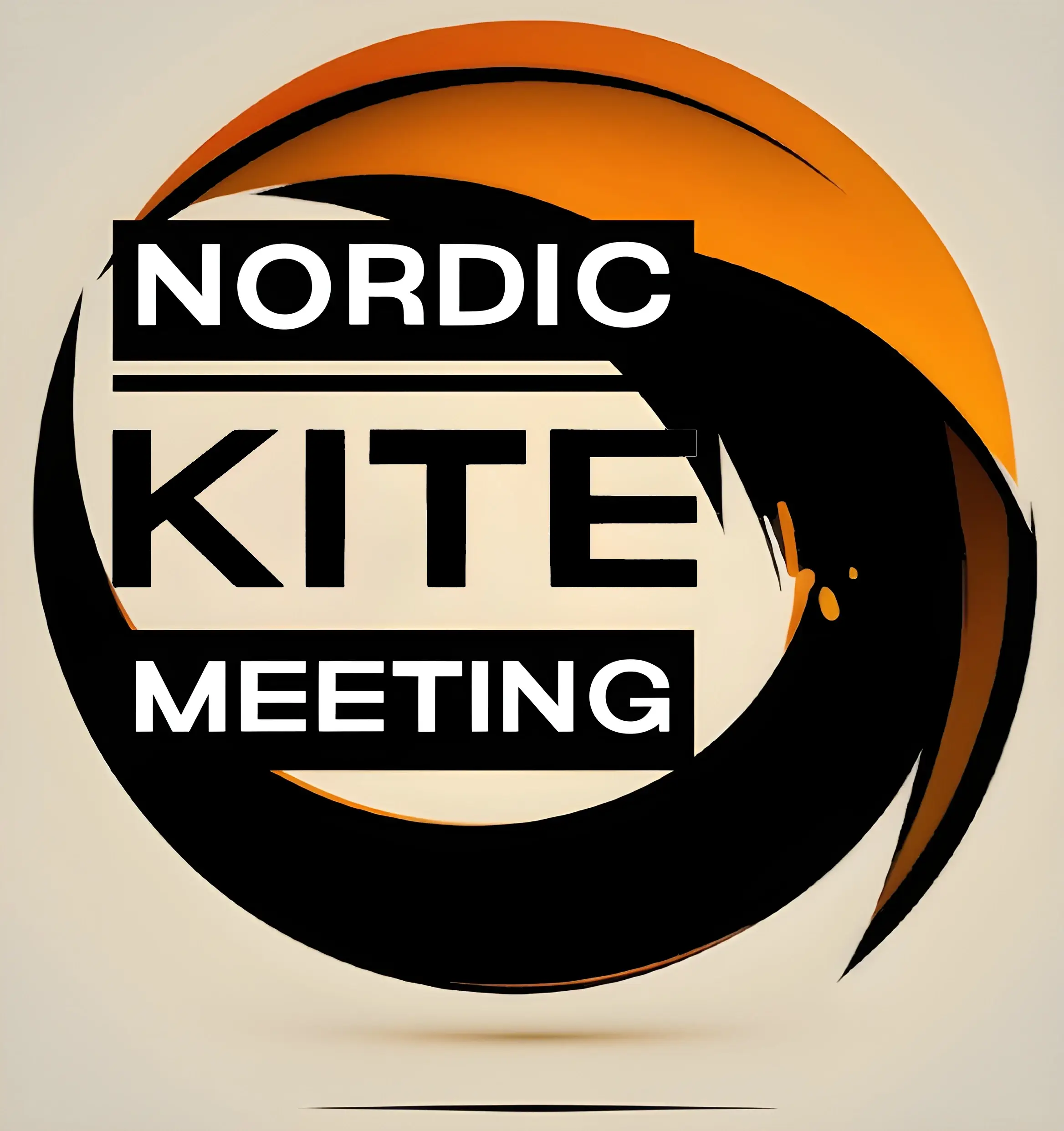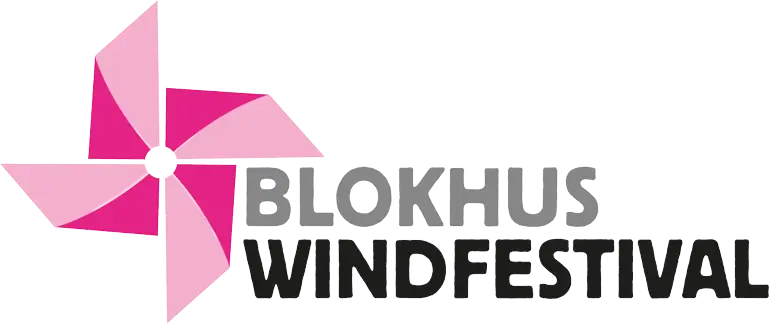As you might have found out, the weekend – no, not true, Sunday was spent with my horses at the stable – Saturday was spent at the beach flying!
Cold and crisp conditions with the winds on the light side quite appropriate for my Yellow by Lanyork.
With lighter winds the kite felt a lot better compared to the first flight in its upper (and above) wind range. Now the kite is much more predictable … and … controllable. Just a quick tweak to have the brakes according to my likings and I was ready for some serious (?) flying!
Lately I’ve been putting focus on Bicycle Rotations. They’re far from perfect but they’re coming together slowly but surely. I find counter clockwise rotations a bit easier than clockwise, but you know the saying: Practice makes Perfect!
So…. Practice!
Here’s a quick compilation of Saturday’s session.





2 responses
Here’s a great video showing the Sliding Bicycle Rotation performed by the master Guido Maiocchi!
https://www.youtube.com/watch?v=T-3JWzwAM9s
Though the headline addresses the bicycles, I notice the many small keen LE deforming sail powerups in your video when initiating forward movement. Actually I don’t think it is the LE deformation that one observes directly – it is the distance between the lower downspar nocks or actually the distance of the left and right chunk of sail fabric that strikes one. Then my intention was to say something like “add some equally pronounced depowering/stops” and asking if the LE stiffness was ideal for the wind (or the wind for the LE). Then I noticed that there also was bending of the LE during the stops and came to the conclusion that I’m not really sure to the extent that my own stops consist of relaxing the sail versus pulling the brake lines, nor that I can picture my LE shape/flex during the stops. When choosing the frame (for a certain wind and venting combo) I aim for being able to do the starts and stops only by simultaneous pulling/relaxing of all for lines (while keeping the handle angle fixed).
It looks like you are approaching the bicycle rotations both from the slower and faster rotations (which I believe is a good thing because of possible new insights originating from the more than one angle of approaching the learning and also because one can identify what needs the most practice (typically the slow rotation over the quick). Other than this I can recommend (as done before) to try to look at the centre of the rotation where the TE of the two wing halves meet (which seems to make it easier for me at least) and try to keep the centre fixed or moving along a straight line.
I like the Fly 4 Fun Footage of the bicycle rotation, especially when the camera is quite close bicycle rotations (because it looked “cool”). However, my learning differed for how it was taught here. I let it come with time, thinking more of the kite movements (especially of the centre of rotation as above) rather than the movements of my hands (as explained in the Fly 4 Fun video) .